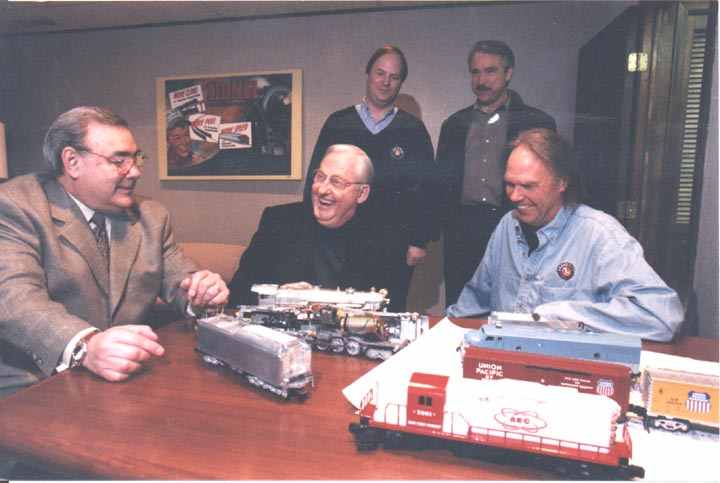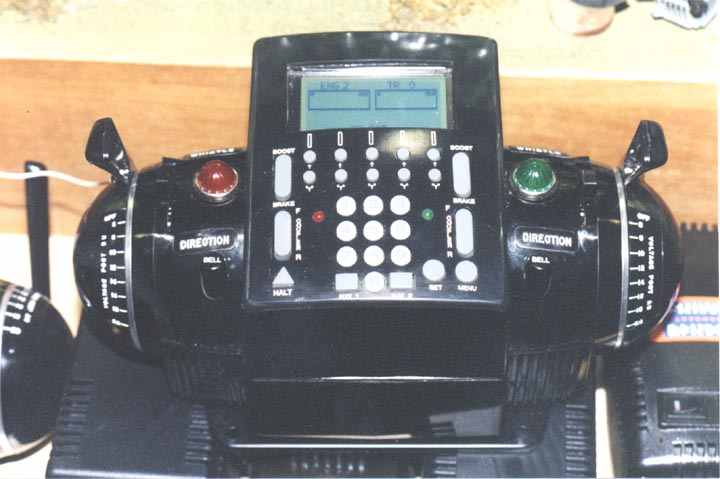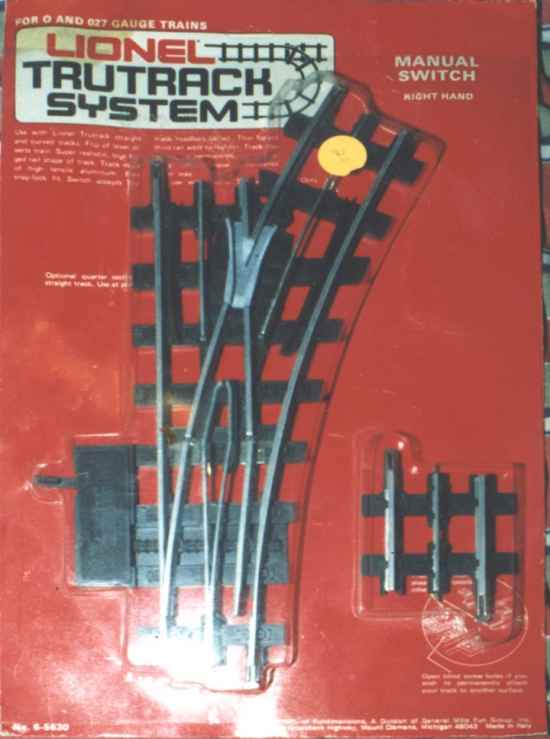Is Lionel on the “Fasttrack” to Success?
By Bill Laughlin
Is Lionel on the “Fastrack” to recovering its leadership position in the O-Gauge world? For you “Lionel-only” loyalists, please bear with me for a moment or two, and let’s explore the path the company has taken since the start of the “Wellspring” era.
Richard Kughn announced his retirement from head of the company and sold it to a conglomerate called Wellspring Associates. He retained a minority background role, but is out of the day-to-day operations. At that time, MTH was starting to give Lionel some serious competition, but the Lion still retained a firm edge in three areas: sounds, wireless control, and stateside manufacturing.
Nearly ten years later, almost all of that competitive lead is gone. Oh, you could argue that TMCC has successfully penetrated the manufacturer’s community, in that most of them offer a TMCC option for many of the new engines being made, and you would be right. But the percentage of wireless-control users has barely changed, plus we now have a system—MTH’s “DCS”— based on the very successful DCC system used in HO, N and G that not only runs all TMCC engines but offers many, many other advantages as well. Time will tell whether Lionel will stay with its hardware-based system, which by design limits future capabilities, or designs a “TMCC-II” system from scratch. Sound: the new PS 2.0 systems, while maybe qualitatively not quite the equal of the latest “Railsounds” system, have improved tremendously since the early QSI days. The American manufacturing base is gone, hence no real rationale for the continued top-level pricing structure. Truly everyone now, maybe Weaver excepted, is on that “level (Asian) playing field.”
Reviewing most of the advances in the Lionel-Wellspring era, we see a pattern of “me-too” rather than “me-first”.
Consider who had the first fan-driven smoke units (MTH), who put smoke units into diesels first (MTH), who jumped into detailed, scale-proportioned cabooses first (K-Line, Atlas), who started putting detailed interiors into metal passenger cars first (K-line), and who was the first to offer a competitive “scale” trackage system alternative to Gargraves (Atlas). More on track later.
We can look critically at “me-first” failures in the Wellspring era, as well: failure to produce the economy “Scout” version of TMCC for starter sets (1996); failure to bring the cutting-edge “Yard Boss” transformer into production (1997); failure to make good on the highly-touted “Odyssey” AC motor (1998); problems in producing the high-dollar accessory “Backshop” (2000). There ARE some good things that have happened: take the new truck sets and couplers (long overdue) and the new dairy reefers as examples. But by this point, in 2003, these are not really seen as tremendous advances in the context of competition from the likes of K-Line and Atlas.
Honestly, I don’t know what the thinking is in Lionel’s marketing/new ideas department! In terms of this new “Fastrack”, just what new niche in the marketplace are they addressing? Let’s look specifically at all the track systems out there, presently—and there are quite a few. In “scale” trackage, you have Gargraves, MTH’s “Scaletrax”, and Atlas—and Lionel’s Super-O, if you can find it. In the toy track world, you find O27 (both from Lionel and K-Line), Standard O (Lionel, K-Line, Williams), K-Line’s “SuperSnap” (O with scale ties and black center rail), and MTH’s “Realtrax”. The new Lionel “Fastrack” most closely resembles the latter.
Is “Realtrax” such a runaway success that Lionel felt compelled to do another “me-too”? It appears from the new Lionel catalog that they intend to put this track in most, if not all, Lionel starter sets. What will become of the venerable, tried-and-true O27? Who knows? If you count the above track systems currently in production, the “score” is 4 scale and 7 toy. “Fastrack” makes that 8, now, in the toy track world! And, unlike other track systems, there are NO ADAPTERS being made at the track’s debut, so it’s “Fastrack” or the highway—take your pick.
I’m sure that the Lionel purists are scratching their collective heads and wondering why Super-O wasn’t resurrected (see Mike Spanier’s terrific history article on our website http://tcamembers.org/articles/operating/supero/index.html).
It would have made a lot of postwar collectors happy, added another trackage system to the scale world, and made a heckuva lot more sense than this.
Lionel made one other failed attempt besides Super-O to break out of the “toy-track-only” frame of mind: “Tru-Track” in the early 70’s. The timing wasn’t right then, and the timing of “Fastrack” today doesn’t seem very good to this observer. It’s a shame that all of those high-dollar premium Lionel Y6b’s and JLC Challengers cannot run on a truly first-class, scale, “in-house” trackage system. Guess that market is still going to be owned by Atlas.








